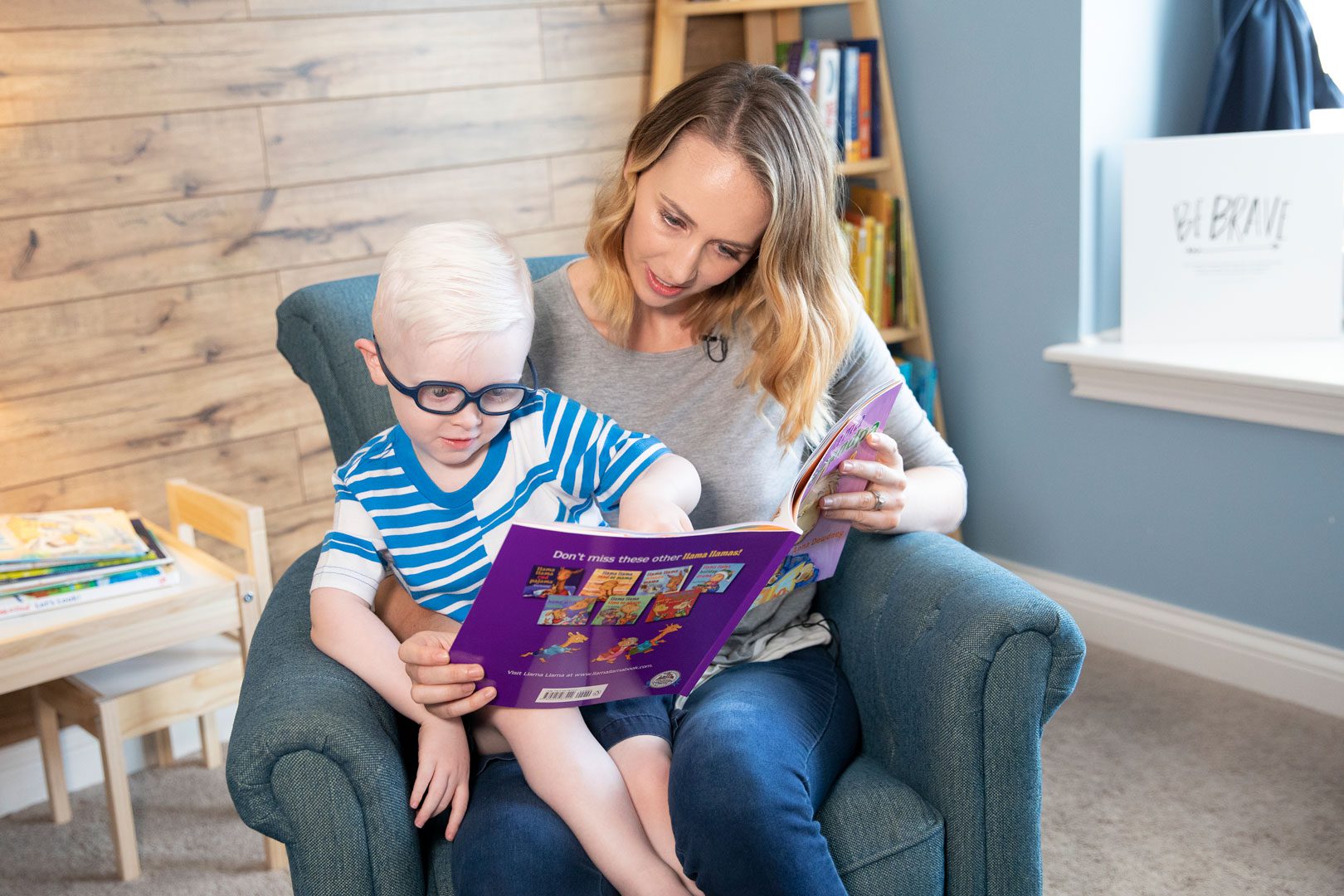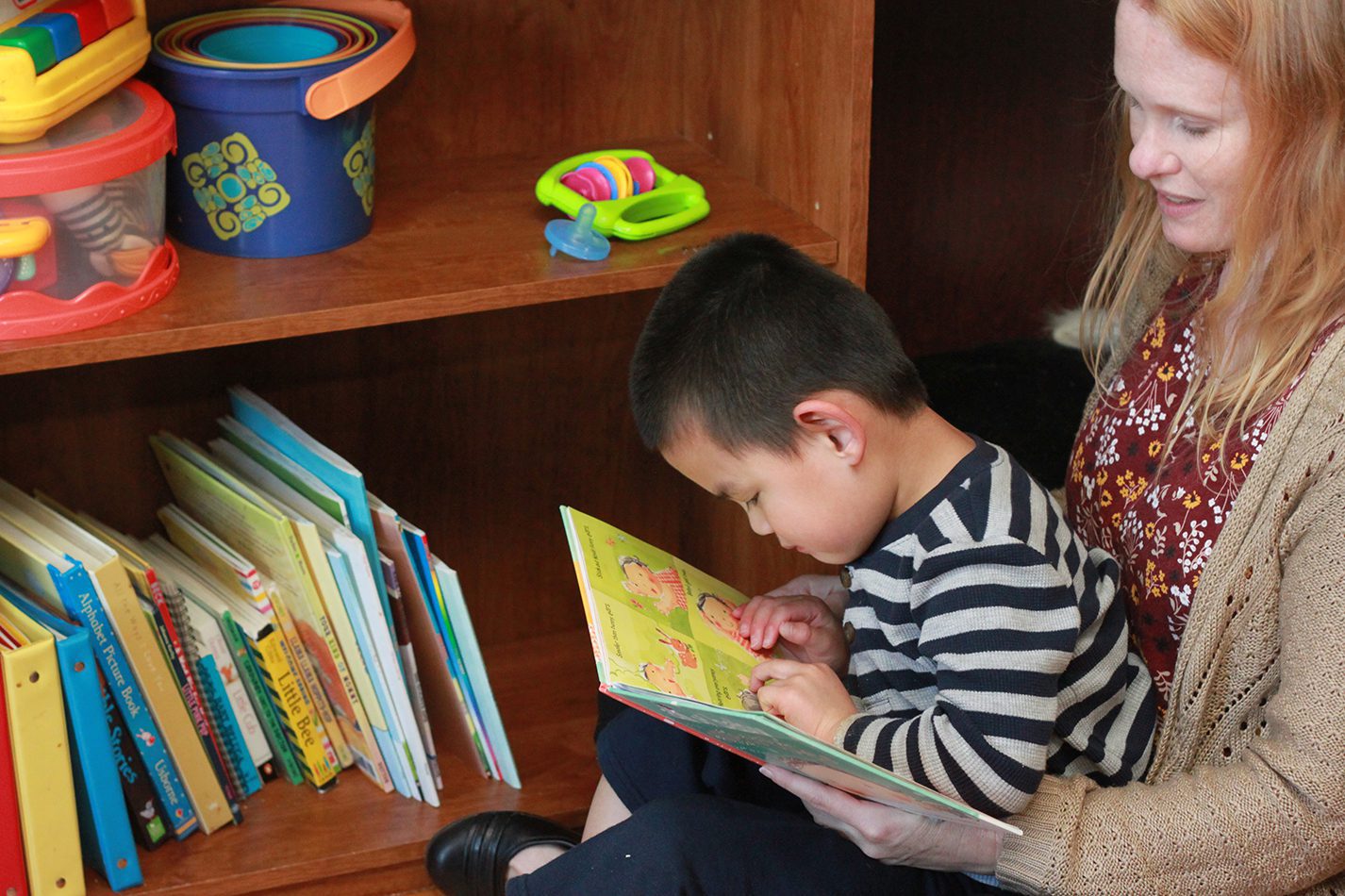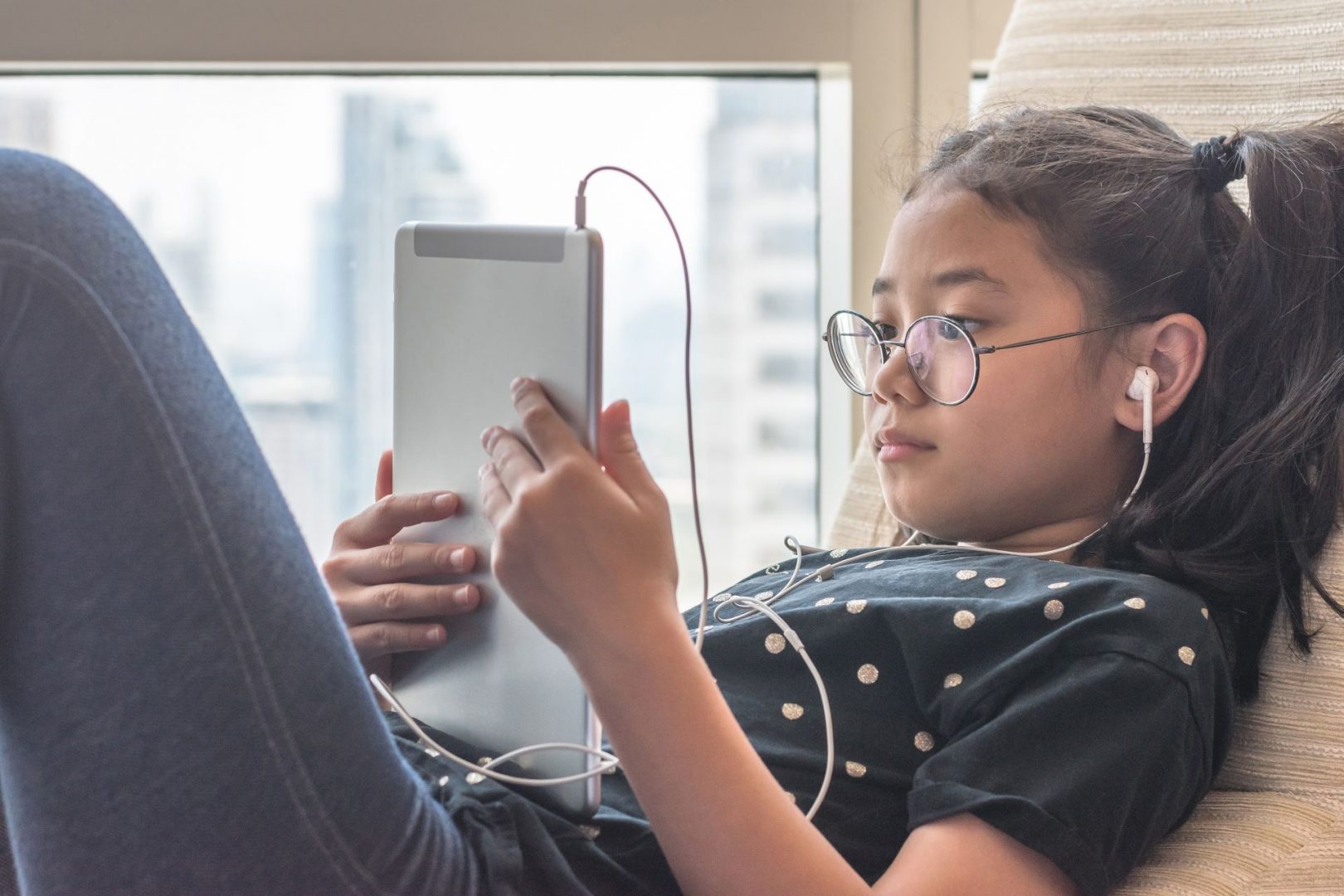We all know the power of a good book and recognize that reading aloud with a young child, starting from birth, is the surest way to help them toward a love of reading. Taking the time to sit down with your child to read aloud and share a conversation about a book builds many positive things—skills the child will need for reading, as well as closer family ties!
We also know that having books in the home, ones that are there to stay, is important to learning to read. Almost every child has books that are favorites—the ones they want to hear over and over again. Many children memorize the words, and pretend to read the book themselves. Next, they may actually begin to recognize and read some of those words, because they’ve seen and heard them so many times. This cannot happen when a favorite book has to go back to the library. This is part of why the Braille Tales program was created: To give children books they own, in their own home, ready to be read and shared as often as possible.
We know having books in the home and reading aloud frequently is important for a sighted child, but it is even more important for a child who may one day be a braille reader. Children who are blind and low vision have very few things in their world that show them what braille is. Sighted children see signs, the print on the cereal box, books and magazines, recipes—print is everywhere they turn. A blind child doesn’t have that advantage. Sighted children can watch others read, but a blind child may not know when others around him are reading, writing, or using print.
This makes it extra-important for blind children to have their own books in braille, to sit with an adult, listen to the book, and talk about the story—to discover the purpose of braille. They also need the chance to touch and examine the braille, sharpening their sense of touch and practicing the hand movements needed for reading braille. Yet there are few braille books for a young child to choose from, and they are usually expensive for families to buy. Print/braille books are even more costly and difficult to find. This imbalance won’t be solved by the APH/DPIL collaboration, but it will be improved, and may offer a model for others.




